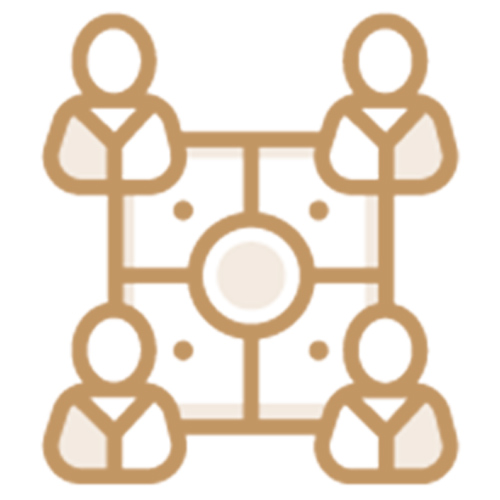The goal of any emergent learning-related activity needs to be to improve our ability to achieve the results of our actual work. In the midst of a rush of deadlines, it’s hard to make the case to stop and “learn.”
When learning overly focuses on the process or the tools, a group’s attention can drift away from what they are trying to accomplish. Keeping learning focused on what matters to and is useful for the people engaged in the learning practice, so that participants see learning as relevant and worth their investment of time.
How do we stray away from that focus?
We in the social sector don’t generally know how to think about the idea of learning. Leaders often believe that “learning is important,” but don’t really clarify for themselves or others the “so that” behind it. Staff are hired to lead learning, but it’s unclear what their role is and what success would look like. Leaders might think about approaching learning like we do other strategic goals — asking for an organization-wide learning framework and implementation plan as a place to start.
When people are asked to learn about an abstract question (e.g., how to “increase collaboration”), or something that matters more to someone else (e.g., a question raised by a funder or other external stakeholder), learning starts to feel like it is taking time away from “real” work to do “learning for the sake of learning.” It can feel more like a focus group. This can give learning a bad name.
Another common mistake we in the social sector make is forgetting that the frameworks we embrace have a “so that” behind them — that they represent our best thinking (our hypothesis) about how to achieve a goal — and focus instead on learning how to implement those frameworks, not on how using the frameworks are expected to improve our results. Instead of asking, “What will it take to use a Collective Impact framework to reduce infant mortality in our state?” we ask “What will it take to implement a Collective Impact framework with fidelity?,” which leads us to shift our focus away from what really matters.
What does this principle look like in practice?
Whether we are keeping our work at the center of learning or not can manifest itself in a number of ways. Here is what we have observed:
If it’s present: A group’s work goals drive its learning strategy; the success and value of learning-related efforts are measured against progress related to the work itself. Processes or approaches, including learning, are held as hypotheses about how to achieve better results; they do not become ends in and of themselves. Teams start to notice real, immediate opportunities to learn and dive into them, and see the impact of their learning on their actual results.
If it’s missing: The focus may shift from the group’s work goals to advocating for, and learning about, favored processes or approaches (including, even, Emergent Learning). Success is measured against fidelity to that approach, rather than against progress towards achieving the work goal. Learning becomes abstract; detached from the actual work of a group, reducing engagement.
How Emergent Learning practices support this principle
The practices of Emergent Learning work together to help teams keep their work at the center of any learning activities:
- Framing Questions turn a work goal or challenge into a “What will it take…?” question that invites everyone involved to bring their best thinking to the table and learn together.
- Action Hypotheses help people clarify the “so that” — what are we trying to learn how to do and how will we know our learning is achieving a useful goal?
- Before and After Action Reviews help teams identify real, immediate opportunities to learn related to their actual workstream and conduct fit-for-purpose learning that produces visible, immediate results.
If we succeed in keeping work at the center of our approach to learning; if we can help people use learning to solve real problems or improve important results that matter to them, then we can create a natural advocacy for learning as a strategic priority.
